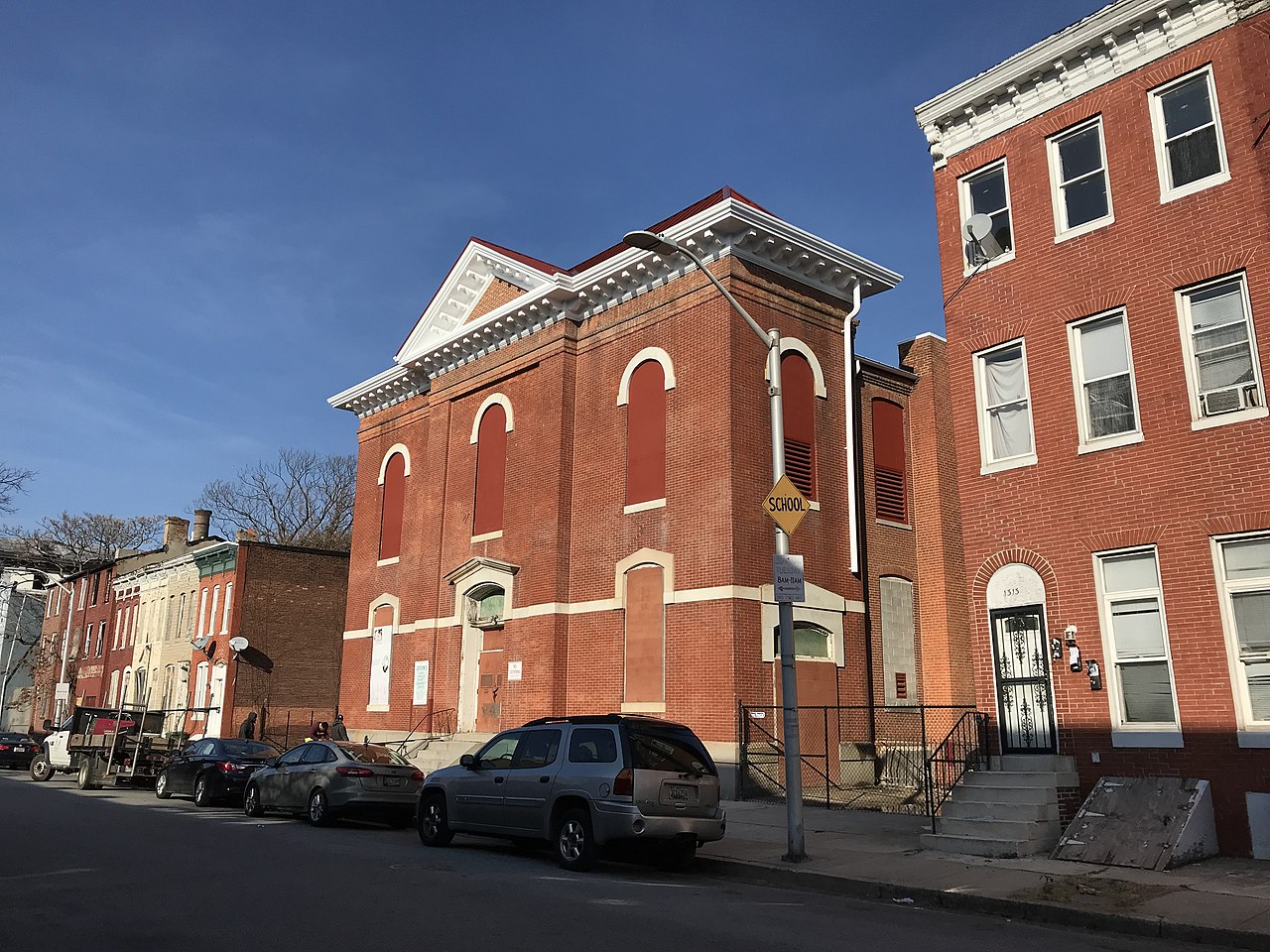Views expressed in opinion columns are the author’s own.
After a week of temperatures in the 90s, some University of Maryland students are in a hellish crisis due to the lack of air conditioning in their dorms. They’re struggling to function in a living space they pay upward of $6,000 for over the school year, while Resident Life attempts to accommodate by Tetrising any open space into more rooms and sending students to nicer buildings with serviceable utilities.
Baltimore public schools have been facing a similar lack of AC — but with an even lamer response by those in charge. More than 60 schools in the county have inadequate air conditioning, and a number of them were forced to close or provide an early dismissal during the first week of classes. Baltimore has some of the oldest school buildings in the state, and heat closures have been a news item year after year after year.
And every year, it’s the same note of outrage by the community, local government and the governor. Gov. Larry Hogan’s response to the most recent iteration has been to say it’s “disgraceful” on the part of local administrators that this problem persists. In 2015, it was “absolutely disgraceful and unacceptable,” and in 2016, he described it as “outrageous” and, naturally, “disgraceful.”
This series of the same harsh words and distribution of blame clearly hasn’t been working. While work has been done toward figuring out cooling solutions in schools, it hasn’t come from Hogan decrying the people in lower government and telling them to be ashamed of their misuses of funding.
Part of the sluggishness of change came from Hogan and Maryland Comptroller Peter Franchot demanding installation of cooling systems, even if they were short-term and energy-inefficient options, such as window units. Local officials didn’t want to spend the money on these quick fixes when they sought to renovate or replace many buildings and invest in their long-term functionality. Instead of figuring out how to fix this decades-old problem, the issue became a political vortex of blame that stagnated the entire conversation around it.
Hogan broadcasting his anger doesn’t feel like any reassurance that things will be different this time around, either. It’s supposed to be an expression of care, but that care is already established within the affected community.
People in Baltimore don’t need Hogan to get mad because of his sympathy for them; they need him to figure out some trajectory for action. Blaming local leaders for a pretty straightforward mechanical problem isn’t the support the community needs and doesn’t inspire particular confidence in any level of government.
Despite all the noise from Hogan, this comes out to be a situation of neglect. If there were less focus on appropriating blame and expressing frustration, the timeline for fixing this problem wouldn’t be so indefinite and untrustworthy. At its crux, the issue is the comfort, care and success of schoolchildren — but no one’s been talking about that.
Sona Chaudhary, opinion editor, is a junior English and geology major. She can be reached at sonachaud@gmail.com.



